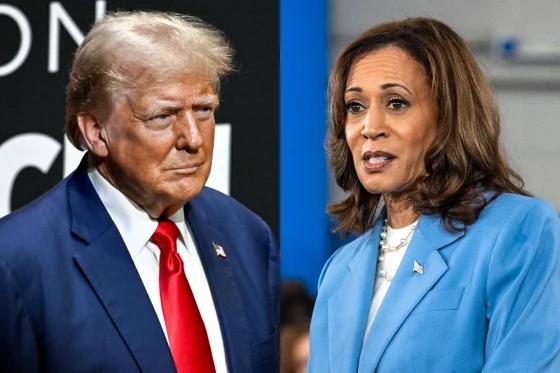Comments
- No comments found

As the 2024 U.S. Presidential election approaches, the influence of fake news on voter behavior has become a significant concern.
The rise of misinformation, particularly through social media and deepfakes, threatens to undermine the integrity of the democratic process. In this article, we’ll explore the impact of fake news on elections and provide practical tips for spotting and avoiding it.
Fake news has the power to distort public perception and influence voter decisions, often by exploiting emotions like fear and anger. During elections, this can lead to the spread of false information about candidates, policies, or election results, potentially swaying the outcome. For example, in the 2016 U.S. election, fake news stories were widely circulated on social media, with some experts arguing that they may have influenced the results.
The stakes are even higher according to this guide. The advent of advanced technologies like deepfakes—a type of synthetic media where a person in an existing image or video is replaced with someone else's likeness—has escalated the challenge. Deepfakes can be used to create convincing yet entirely fabricated videos of political figures, spreading false messages that appear authentic. This can have a profound impact on voters, who may believe they are seeing genuine footage when in reality, it’s a sophisticated fake.

With the increasing sophistication of fake news, it's more important than ever to develop critical thinking skills and learn how to spot misinformation. Here are some tips to help you identify fake political news:
Check the Source: Always verify the credibility of the news source. Reputable news organizations adhere to journalistic standards and fact-checking procedures. If the source is unfamiliar, do a quick background check on its reputation.
Look for Multiple Sources: If a story is true, it will likely be reported by multiple credible outlets. If you find a sensational story on only one site, especially one with a dubious reputation, it’s likely fake news.
Examine the Evidence: Legitimate news stories will provide evidence, such as quotes from experts, data, and links to supporting documents. If a story lacks evidence or relies heavily on anonymous sources, it should be treated with skepticism.
Beware of Emotional Manipulation: Fake news often plays on strong emotions like fear, anger, or excitement. If a story seems designed to provoke a strong emotional reaction, take a step back and analyze it critically before accepting it as true.
Check for Bias: Be aware of your own biases and how they might affect your perception of news. Fake news often targets specific political leanings, reinforcing existing beliefs rather than providing a balanced perspective.
Use Fact-Checking Websites: Websites like Snopes, FactCheck.org, and PolitiFact are excellent resources for verifying the accuracy of news stories. They can help you quickly identify fake news.

Artificial Intelligence (AI) plays a dual role in the context of fake news. On one hand, AI-driven technologies like deepfakes have made it easier to create and spread fake news. On the other hand, AI is also being used to detect and combat misinformation. For example, AI algorithms can analyze patterns in news content and flag stories that are likely to be fake. However, as AI technology continues to evolve, so too do the methods for creating convincing fake news, making it a constant battle between creators and detectors of misinformation.
The 2024 U.S. election is likely to see an unprecedented level of fake news, driven by advancements in technology and the increasing role of social media in shaping public opinion. As voters, it’s crucial to be vigilant and critical of the information we consume. By following the tips outlined above and staying informed, we can protect ourselves from the dangers of fake news and ensure that our electoral decisions are based on facts, not falsehoods.
Leave your comments
Post comment as a guest